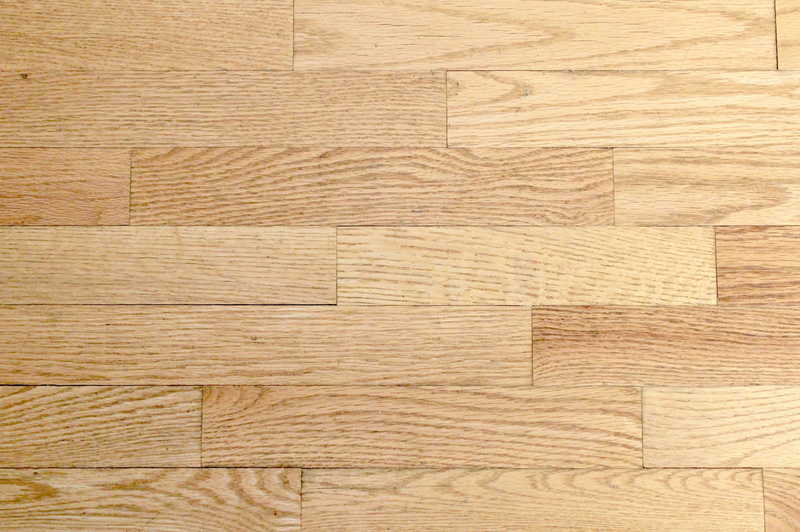The first step on how to remove mold from vinyl is to wash it lightly. The following steps will be discussed below, so read until the end!

Mold On Vinyl
Molds are unsurprisingly one of the most unwanted growths in your home. They can get into anything because mold spores are airborne, and they settle on anything that has moisture.
To lessen your chances of getting mold growth, an article about eradicating mold spores may help.
How does mold grow on vinyl?
Vinyl is generally a durable material. However, that does not mean vinyl is not vulnerable to mold.
In this part of the article, we’ll talk about the reasons why mold grows on vinyl. Here are some of them:
1. Dirt build-up
For vinyl sidings, one of the reasons for mold growth is accumulated dirt. Dirt is a food source for molds, and an unkept vinyl siding is an invitation to them.
2. Excess moisture
Moisture or water damage is the leading cause of mold growth. In fact, after an event of water damage, mold is expected to grow in 48 hours or less.
Mold remediation costs are no joke, but so is water damage. If possible, look into your insurance coverage and see if they cover water damage repairs.
Here is an article that would be an excellent example of a water damage report. This article may be used as a guide for future water devastation issues.
3. Lack of sunlight
The area under vinyl floorings does not get sunlight, which makes it prone to mold growth. Mold loves dark places, but they don’t just thrive in shaded areas.
They need to meet specific conditions for growth. Most of the time, moisture is the last one to be fulfilled.
4. Sap from trees
This cause is specific to vinyl sidings. Food is one of the conditions for mold growth, and saps from trees fulfill that requirement.
Along with dirt build-up, the saps from trees are an additional food source for mold.
Signs of mold growth on vinyl
It is challenging to see mold growth on vinyl sidings or under your floorings because they are not accessible. However, like everything else, you may notice signs of mold on them.
For vinyl sidings, stains are a common sign of mold growth. They may start from the sidings then affect other outdoor surfaces, like your building’s trim.
If you see black specs on your outdoor walls, then it may be time to do an inspection.
Vinyl floorings are more within your reach. However, since mold usually grows under it before it shows up on the surface, it may take a while before detection.
Do not fret, though; there are means to identify mold under your vinyl floorings. The first is the musty smell.
If you notice a pungent odor without any evidence of visible mold growth, the problem may be hidden. That is, the problem may be under your vinyl floorboards.
To verify your suspicions, you may need to take off a part of your floor to inspect it. If you see evidence of mold growth, assess the damage and act accordingly.
If the mold growth is manageable, then deal with it with the help of the mold removal steps below. However, if the mold contamination is extensive, then we recommend you to call a professional.
What are the effects of mold growth?
Before proceeding with the mold removal steps, let’s go over the adverse effects of mold. Mold affects either your family’s health or your house’s structural integrity.
The health concerns range from allergies to more severe symptoms, especially among the vulnerable demographics. For children, it may even result in mold-induced asthma.
Apart from the health effects, prolonged mold exposure can weaken your home’s structural integrity. It can cause rot within the wooden parts of your home.
Hence, mold problems should be attended to as soon as possible.
Steps In Removing Mold From Vinyl
This part will focus on mold removal from vinyl sidings as floorings require more attention. No matter what surface you are removing mold from, remember to put on protective gear.
Step #1. To start with removing mold from vinyl sidings, wash it gently with a garden hose. Cleaning it would help get rid of newly-formed dirt.
If you plan on using a pressure washer, make sure that the water doesn’t get into the crevices of the vinyl siding. Otherwise, this would lead to water damage, which may result in mold growth as well.
Step #2. Next, get your cleaning solution. It could be homemade or commercial.
Either way, it has to work. Thoroughly clean the whole siding to eliminate all of the mold growth effectively.
Work in small areas, especially if you plan on going through the whole vinyl siding. As you treat the parts, make sure to rinse, then move on to the next section.
Step #3. Scrub the mold-affected areas to remove the stains. Lightly rinse the sidings to remove the solution and the stains.
Lastly, let the sidings dry.
Conclusion
Hopefully, this article about how to remove mold from vinyl answered your questions about mold removal. Make sure to wear the proper equipment since this is not an easy task!
